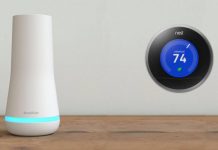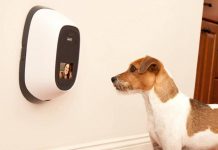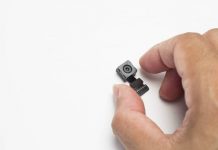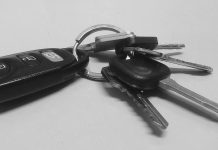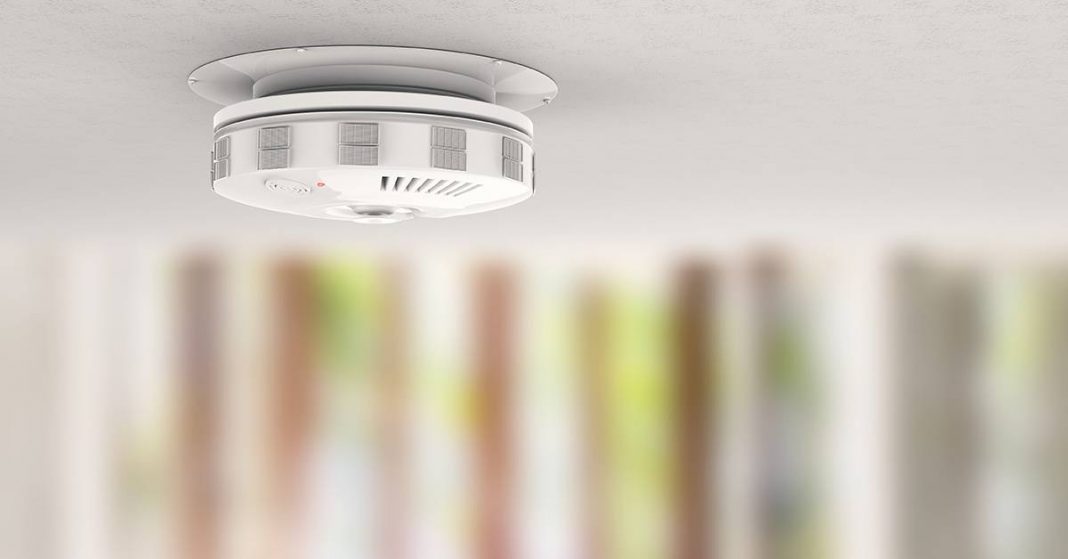UPDATED December 11, 2021 This piece has been updated to reflect the emergence of new technology


Christian Mathews Security Writer
Finding the right carbon monoxide detector could literally save your life. Installing and maintaining the best products starts with knowing exactly what you are looking for. In this article, you’ll find out important details about these kinds of useful detectors.
A high-quality carbon monoxide detector will pre-warn you and allow you to take action if there is carbon monoxide in your home. There are however many ineffective alarms out there and some are dangerous and unreliable. So, doing a little research before buying one is only in your best interest. Which carbon monoxide detector is best? This article will cover those details.
1What is Carbon Monoxide and a Carbon Monoxide Detector?
Carbon monoxide, also known as CO, is a colorless, tasteless, and odorless gas poisonous to humans. In fact, it is known as the silent killer since humans cannot sense it, yet it is extremely hazardous and can be deadly.
Not sure what causes carbon monoxide in a house? There are various sources, that include motor vehicles, gas stoves, generators and many more.
A carbon monoxide detector is a safety device that alerts us of a CO leak and allows us to evacuate a possibly life-threatening circumstance. Given the importance of it, we want to make sure you find the best CO detector!
2Types of Carbon Monoxide Detectors
There are various types and combinations of detectors, depending on your needs and requirements. Here are some of the variations that you’ll find:
- Dual Function: This type can monitor various threats such as fire, smoke, and CO.
- Smart: This kind of detector runs diagnostics and syncs with home automation apps.
- Digital: You’ll be able to monitor the carbon monoxide levels via a digital screen, as opposed to analog, which would only be notified when a specific threshold is met.
- Battery-operated: You can also opt for this type which offers basic sensing and display yet requires batteries to operate.
- Hardwired: This one is wired into the electrical grid of your home and it works unless the power goes out.
Make sure to choose the type of carbon monoxide monitor that would work best for you.
3How to Choose the Best Carbon Monoxide Detector?
To find the best among the options out there in the market, here are the factors that you should follow:
Check local regulations
Before shopping for a detector, check the regulations in your state or county. A state might have certain requirements for what you need such as the types of detectors and the placements. Some insurance companies offer a discount for homes with such detectors.
Choose a power source
Hard-wired smoke and CO detectors connect to the wiring of your home and mostly requires professional installation. They should also have backup batteries. The simplest to install are the battery-only detectors and they also work even during a power failure. Some models use removable batteries requiring annual replacement and others use sealed lithium batteries, which may require charging.
Plugin smoke and carbon monoxide alarms are available; however, electric outlets are usually located low on the wall and the optimal placement of these detectors is near or on the ceiling.
Smart detectors
Smart CO detectors could give you the advantage of being aware of something is wrong even when you are not at home. These do come with a higher price tag though. It is recommended then to install additional dual-sensor detectors. Smart detectors would also interconnect with some other detectors of the same model.
Interconnected detectors
You might want to consider wireless interconnected smoke and carbon monoxide monitors. The benefit to doing so is that all units in your house could sound an alarm once any single one is triggered. This is very handy if you have a larger house and to ensure everyone in the house is properly warned.
UL Standard
You have to check the packaging to ensure that it meets the UL (Underwriter Laboratories) Standard. Also, look for the date of manufacture printed at the back of the detectors. Over time, devices lose sensitivity, so this means, the fresher, the better. So, replace these detectors at least every five years.
Voice alerts
In most cases, children sleep more deeply than adults and so they may not be awakened to a conventional type of alarm. Some detectors use a voice command which might be a big help.
Security system integration
You could incorporate detectors into a system that sounds an alarm inside and outside the house. The said systems might also have this monitoring service that could notify the fire or police department or might even call your mobile phone.
You must consider these factors to choose the best carbon monoxide detector that will greatly reduce the danger of CO poisoning and other hazardous gases.
4Where to Place the CO Detector?
Ensuring that everyone in the house can hear the alarm once it goes off is extremely important. By placing the detectors in or near each of these three critical locations at home will help achieve that:
- at least one on each level which includes the attic and basement
- by doors which lead to attached garages
- near each bedroom or sleeping space
For additional guidance, you can follow your local laws as well as the instructions from your manufacturers.
5Carbon Monoxide Detector Maintenance
Whatever type of detector you have, it is recommended to conduct regular maintenance. Follow these tips:
- Frequently test the detector with the use of the button on the front. At least once a month.
- You should replace the batteries as often as the instructions suggested.
- For a wired sensor having a battery backup, make sure that both the power sources are working.
- Replace the detector every few years based on the guidelines of the manufacturer. Indeed, detectors do not last forever.
6Conclusion
There are many products available with many different features. The most important is safety, with everything else falling second in line. Having said that, it doesn’t have to be challenging to find the best carbon monoxide alarms, especially if you know what you are looking for. Hopefully, this guide can serve as a checklist to ask the right questions and find the ideal product for your home and safety.









